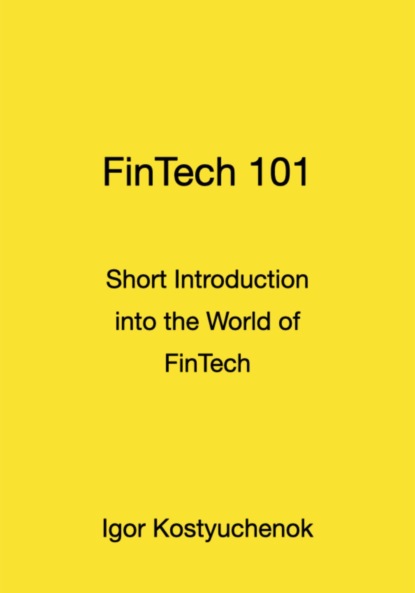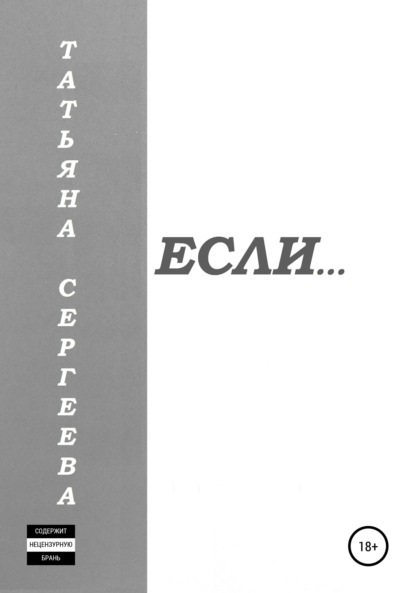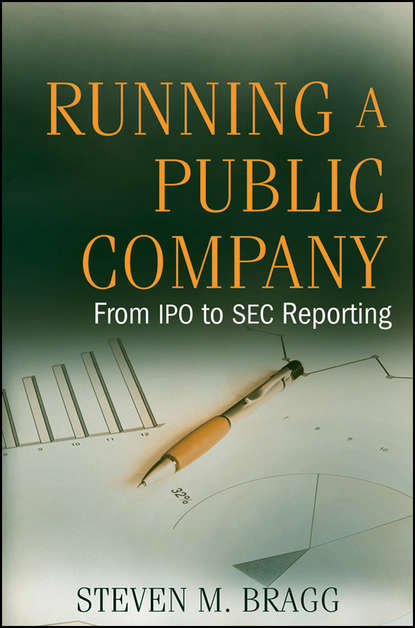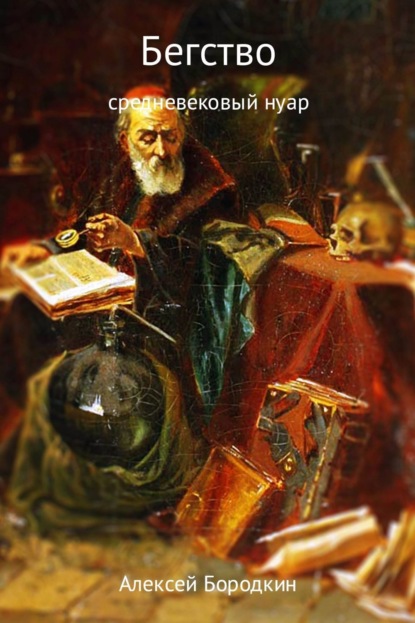- -
- 100%
- +

History of Money
Intro
Money is at the center of a capitalist society we all live in. The money shows dominance and power. With the advance of the technology, money transforms into a fully digital asset that is less tangible yet still very powerful. This short book will show you the history of money, banking and payments. It will help you understand what hides behind the term FinTech and what is the current state of the financial technology.
Natural Exchange
Since the beginning of humanity people used natural exchange to get the goods, they need in exchange for the goods they have.
According to Aristotle: “Natural exchange as an exchange for the purpose of satisfying needs. Unnatural exchange, on the other hand, is the acquisition for the purpose of satisfying wants or for making profit”
Barter System
Bartering is a direct trade of goods and services.
This system has been used for centuries and long before money was invented. The value of bartering items can be decided upon with the other party. Bartering doesn't involve money which is one of the advantages.
Generally, trading in this manner today is done through online auctions and swap markets.
Bartering History
The history of bartering dates all the way back to 6000 BC.
Introduced by Mesopotamia tribes, bartering was adopted by Phoenicians. Goods were exchanged for food, tea, weapons, and spices.
At times, human skulls were used as well. Salt was another popular item exchanged.
When money was invented, bartering did not end, it became more organized and adapted to the times.
Pros
Cons
No need of money
No consumer protection or
warranty
Flexibility (exchanging goods for
goods, services for goods etc.)
Requires skills and experience
No fix exchange rate
No fix exchange rate
Money vs Currency
The terms money and currency are often used interchangeably. According to some theories, money is inherently an intangible concept.
Currency, on the other hand, is the physical or tangible manifestation of the intangible concept of money.
According to this theory, money cannot be touched or smelled. Currency is the coin, note, object, or physical representation that is presented
in the form of money.
The basic form of money is numbers while the basic form of currency is paper banknotes, coins, or plastic cards like credit or debit cards.
Money
Money is a medium of exchange that can only exist in a governed society.
A type of currency slowly developed over the centuries that involved easily traded items like animal skins, salt, and weapons. These traded
goods served as the medium of exchange even though the value of each of these items was still negotiable in many cases. This system of trading spread across the world and still survives today in some parts of the globe.
One of the greatest achievements of the introduction of money was the increased speed at which business, whether it involved mammoth
slaying or monument-building, could be done.
Coins and Paper
First coins were minted in Guanzhuang in Henan Province, China around 640 BCE. Money is a medium of exchange that can only exist
in a governed society.
Meanwhile, further west during this era, in 600 BCE, the invention of metal coinage occurred when Lydia's King Alyattes – Lydian Stater was born. Lydian Stater helped the country increase both its internal and external trading systems, making it one of the richest empires in Asia Minor.
Once the Chinese had started making comparatively inexpensive paper from natural fibres, and invented block-printing, paper money came into use in the country.
Paper Money in Europe
Parts of Europe still used metal coins as their sole form of currency until the 16th century. Colonial acquisitions provided new sources of precious
metals and enabled European nations to keep minting a greater quantity of coins.
But banks eventually started using paper banknotes for depositors and borrowers to carry around in place of metal coins. These notes could
be taken to the bank at any time and exchanged for their face value in metal, usually silver or gold, coins.
In the beginning paper money was issued by banks or other private institutions rather than the government, which is now responsible for issuing currency in most countries.
Currency Market
The shift to paper money in Europe increased the amount of international trade. Banks and the ruling classes started buying currencies from other nations and created the first currency market. The
stability of a particular monarchy or government affected the value of the country's currency, and thus, that country's ability to trade on an
increasingly international currency market.
The competition between countries often led to currency wars, where competing countries would try to change the value of the competitor's
currency by driving it up and making the enemy's goods too expensive, by driving it down and reducing the enemy's buying power, or by
eliminating the currency completely.
Cheques
Cheques are a type of bill of exchange that were developed as a way to make payments without the need to carry large amounts of money. Paper money evolved from promissory notes; another form of negotiable instrument similar to cheques in that they were originally a written order to pay the given amount to whoever had it in their possession.
Cheques are basically the direct descendant of the original paper money issued by the banks.
Pre-plastic Cards
The first recorded credit card of sorts was identified in ancient Mesopotamia, when that civilization’s people used clay tablets to trade with its neighbors.
The first clear precursor of the credit card, as we know it, was the ‘Charga-Plate’, a two and half inch by one and a quarter inch rectangular sheet of metal, not unlike a military ‘dog tag’ that came into circulation in the early 1930s.
Diners Club Card was invented in 1957 one year
after Frank McNamara forgot his wallet at home
and had to use his wife’s money to pay for dinner.
Plastic Cards
1959 American Express introduces the first plastic card followed by the Bank of America and Diners Club in 1960.
Ron Klein an IBM Engineer invented magnetic stripe that’s used to store the customer’s information on the card. His wife gave him the idea to iron it on the card.
1968 two German engineers Jürgen Dethloff and
Helmut Gröttrup patented the incorporation of a
silicon integrated circuit chip into a plastic. It took
a while though until the first cards with the chip
were introduced in 1986.
Mobile Payments
The introduction of a smartphone and the rise of the smartphone adoption gave boost to a novel form of payment activated with the touch of your finger.
This form of payment first came to prominence in Asia and Europe before moving over to North America. From payments via text message, the technology evolved to allow checks to be deposited using the camera app on smart devices.
Mobile payment services like Apple Pay and Google Pay are vying for retailers to accept their platforms for point-of-sale payments. There are
also, apps dedicated to this method of payment, including Venmo and PayPal.
Virtual Currency
Virtual currency is a digital representation of money and only available in electronic form.
The appeal of virtual currency is that it offers the promise of lower transaction fees than traditional online payment mechanisms do and is operated by decentralized authorities, unlike government-issued currencies.
Bitcoin quickly became the standard for virtual currencies. It was released in 2009 by the pseudonymous Satoshi Nakamoto. All the
world's Bitcoin was worth just over $803.74 billion as of Dec. 12, 2023.
Virtual currencies like Bitcoin have no physical coinage because they are traded on exchanges.
Banks and Banking
Ancient times
The concept of banking dates back thousands of years, with early forms of banking emerging in ancient civilizations such as Mesopotamia, Egypt, Greece, and Rome.
The concept of banking for the first time started from the Mesopotamian civilization in 8th century B.C.E. This time economic activity was highly centralized about the royal houses and the priesthood.
Temples as Vaults
The temples and royal palaces were the important centers to which commodities were deposited and from which they were redistributed among the peoples. These were the places that offered best security to guard the deposited wealth of the people, probably in the forms of crops and daily uses commodities as well as precious stones.
So, it was in the temples and royal palaces of Mesopotamia, that the earliest banking industry of the world developed and the notions of safeguarding of the deposits took place.
Temples as Lenders
Historical records from Greece, Rome, Egypt, and Babylon suggest that temples loaned money in addition to keeping it safe. The fact that temples often functioned as the financial centers of their cities is one
reason why they were inevitably ransacked during wars.
Coins could be exchanged and hoarded more easily than other commodities, such as 300-pound pigs, so a class of wealthy merchants took to lending coins, with interest, to people in need of them. Temples
typically handled large loans, including those to various sovereigns, while wealthy merchant money lenders handled the rest.
Templars and Medici
The Knights Templar, a religious military order, provided secure storage for valuables and facilitated the transfer of funds for pilgrims traveling to the Holy Land. Their financial network laid the groundwork for modern banking practices.
The Italian city-states of Florence, Venice, and Genoa emerged as major banking centers in the 14th and 15th centuries.
The birth of modern banking is often attributed to the founding of the Bank of Amsterdam in 1609. It functioned as a central bank, stabilizing the value of the local currency and serving as a model for other central banks.
Adam Smith
–
Role of Banks in Economic Growth:
Banks, according to Smith, played a vital role in channelling savings into productive investments
–
Importance of Competition:
He believed that competition among banks would lead to efficiency and innovation
–
Risk Management:
He emphasized the need for banks to carefully assess the creditworthiness of borrowers and manage their exposure to risk
–
Role of Government Regulation:
Smith recognized the need for some degree of regulation in banking
Конец ознакомительного фрагмента.
Текст предоставлен ООО «Литрес».
Прочитайте эту книгу целиком, купив полную легальную версию на Литрес.
Безопасно оплатить книгу можно банковской картой Visa, MasterCard, Maestro, со счета мобильного телефона, с платежного терминала, в салоне МТС или Связной, через PayPal, WebMoney, Яндекс.Деньги, QIWI Кошелек, бонусными картами или другим удобным Вам способом.






